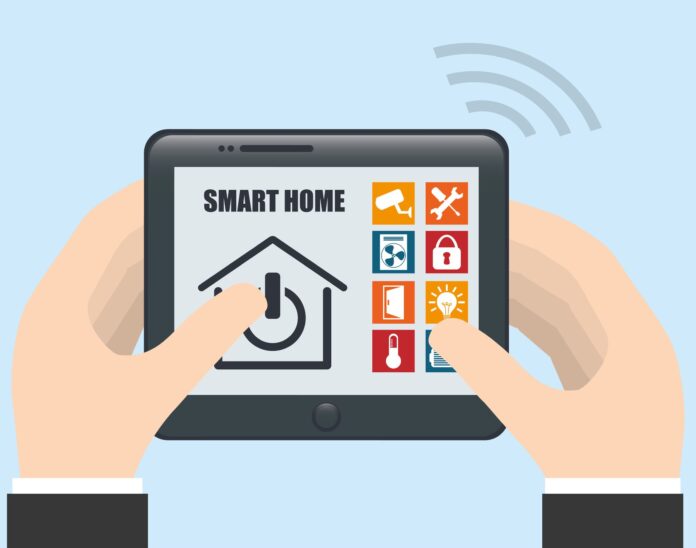Report predicts market to surge from just 12.7 million smart homes in 2015
According to Berg Insight, the market for smart homes in North America will continue to experience robust growth over the coming years and is expected to reach 46.2 million by 2020, representing 35% of total households in the region.
The number of smart homes in Europe and North America reached 17.9 million at the end of 2015, according to the firm. North America is seen as the most advanced market for smart homes with an installed base of 12.7 million at the end of 2015, an increase of 56% compared to the previous year.
The study also revealed the European smart home market is two to three years behind North America in terms of penetration and market maturity. At the end of last year, there were 5.3 million smart homes in Europe, and that number is expected to grow at a 54% compound annual growth rate in the next five years to reach 44.9 million smart homes by 2020, which corresponds to 20% of all European households.
“There is no doubt that regular consumers in the future will own and operate a wide range of connected objects in their homes, from connected home appliances and luminaires to thermostats and security devices” said Johan Svanberg, senior analyst at Berg Insight. “Attractive use cases, interoperable devices and well-implemented user interfaces are needed in order to accelerate the market.”
According to the report, some of most successful products on the smart home market include smart thermostats, security systems, smart light bulbs, network cameras and multiroom audio systems from vendors such as Philips Lighting, Honeywell, Belkin, Nest, Ecobee, MyFox, Sonos, Canary, Netatmo and D-Link. Major vendors of comprehensive whole-home systems include a mix of energy, security and communication service providers and home automation specialists such as Vivint, ADT, Comcast, Control4 and AT&T in North America, and Verisure, EQ-3, RWE, Deutsche Telekom and Loxone in Europe.
Berg Insight said the smart home market is still in an early development phase and many smart home ecosystems are underdeveloped, with products often complicated to use. Several industry giants are now betting on voice-driven user interfaces to make it easier to control smart home solutions, the study said.

